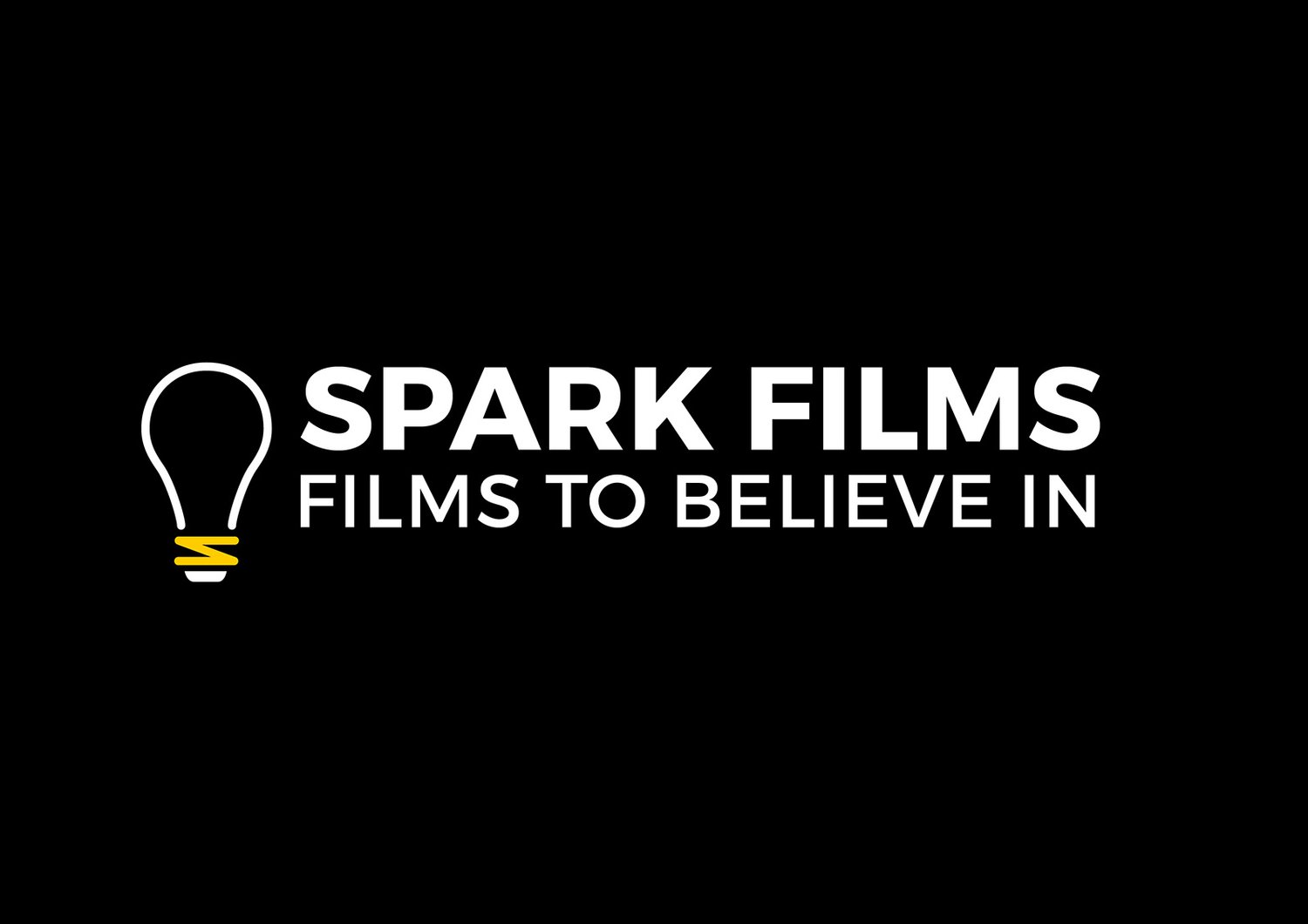Shorter Courses Need Quicker Horses
How Do Stories Work? Part 6: How is the attention economy changing the creative process for filmmakers?
Dear Storyteller,
The idea of 'versioning a story', that is adapting it for different 'channels', in some respect runs against the very soul of the storyteller. A story should simply have the time it needs to be well told.
But what works 'best' depends on the context of the telling. We no longer communicate sat face-to-face around an open fire but through multiple and proliferating digital media. We have been suddenly removed from millions of years of storytelling evolution.
However, the need to communicate across multiple media can be an invaluable opportunity for stories to reach and connect with wider audiences. Film narratives need to be crafted into multiple variants to engage, not as auteur works of art, but as purposeful tools with a central unifying message.
In times of seemingly dwindling attention spans, the pressure is on to communicate the essence of a message more quickly.
But how fast can you tell a story with a sense of context, character, place and emotion, whilst also letting it breathe, before the story falls apart and the essence is lost?
Of course, our attention span depends on viewing context and on how invested the audience is in your subject before they take their seat.
So, you need different versions to engage different audiences watching with different levels of pre-existing attenuation to your message, from the active listener to the casually curious.
Is it possible to tell a complex story dealing with complexity, multiple characters, and the nuance of human emotion in one minute?
Well yes, but not in one step. Editing, unlike say sculpting, is a non-destructive process of refinement. So by a careful process of distillation, each step yields a shorter yet distinct form that can be used to connect with audiences in different ways, each time stripping away more of the context and complexity whilst bringing the essence more sharply into focus.
Here’s a recent example of this creative versioning process in action.
The brief from our colleagues ImpactEd Group was to reveal the transformation of a child enabled by the concentrated attention of an adult, herself guided by the skilful evaluation of data.
Each version of the film had to convey more and more succinctly both the context and emotion of a transformative experience.
'How can data help transform the life of a child?'
Edit phase 1 (8 days)
5’00” version for a Campaign Launch for a pre-invited captive audience
Edit phase 2 (2 days)
2’30” version for Branded Channels for a partially engaged remote audience that has navigated to your domain
Edit phase 3 (1 day)
1’00” version for Social Media for an audience with passing curiosity surfing your content via media feeds guided by hashtags and leading text.
What remains is the transformative essence of a relationship. An adult really listening to a child.
"I didn't have that one person I could talk to. And now I have."
So attention is in short supply.
As the attention economy pulls us into a vortex of distraction, we need to fall in love again with being.
And films, as channels of emotion, can remind us of the very essence of who we are.
All we need is someone to listen, and someone to listen to.
How do stories work? A newsletter for storytellers, changemakers and dreamers:
Got a story to tell? Or purpose to communicate? Need some friendly advice?



